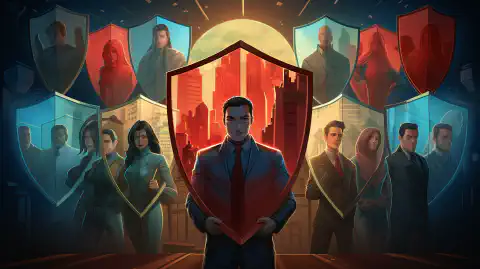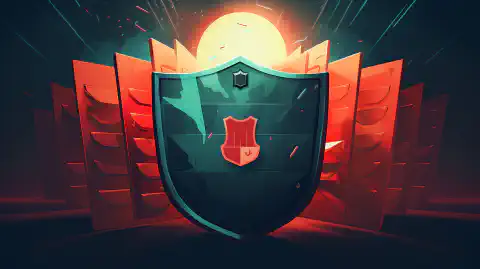Internet Safety for Kids: Tips and Strategies for Keeping Your Children Safe Online

Table of Contents
Internet Safety for Kids: Tips and Strategies for Keeping Your Children Safe Online
As the world becomes increasingly digital, children are spending more and more time online. While the internet provides a wealth of information and entertainment, it can also be a dangerous place for kids. Parents need to take steps to ensure their children stay safe while online. In this article, we will discuss some tips and strategies for keeping your children safe online.
Set Clear Rules and Boundaries
The first step to keeping your children safe online is to set clear rules and boundaries. Make sure your children understand what is and isn’t acceptable behavior online. Discuss the risks of sharing personal information and emphasize the importance of keeping passwords private. It’s also important to set limits on the amount of time your children spend online.
Monitor Your Child’s Online Activity
Even if you trust your children, it’s still important to monitor their online activity. Keep the computer in a central location where you can easily see what your children are doing. You can also use parental control software to limit access to certain websites and monitor your child’s online activity.
One such software is Norton Family , which provides a range of features to help parents monitor their children’s online activity. This includes website filtering, time supervision, and location tracking. You can also receive alerts if your child tries to access a blocked website or app.
Teach Your Children to Recognize Dangerous Situations
Teach your children to recognize dangerous situations online, such as cyberbullying or online predators. Make sure they know how to block and report any inappropriate behavior. It’s also important to emphasize the importance of not meeting anyone in person whom they have only met online.
Use Parental Control Software
Parental control software can be a helpful tool for keeping your children safe online. There are many different options available, each with their own set of features. Some popular options include Norton Family , Kaspersky Safe Kids , and Net Nanny .
Kaspersky Safe Kids provides a range of features, including website and app blocking, screen time management, and location tracking. It also includes a feature that alerts parents if their child tries to access a blocked website or app.
Talk to Your Children
It’s important to have open and honest conversations with your children about online safety. Encourage them to come to you if they ever feel uncomfortable or threatened while online. Make sure they know that they can trust you to help them in any situation.
Keep Your Computer Secure
Keeping your computer secure is an important part of online safety. Make sure your computer is equipped with up-to-date antivirus software and that all security updates are installed. Encourage your children to use strong passwords and to never share them with anyone.
Use Two-Factor Authentication
Two-factor authentication is a security feature that adds an extra layer of protection to your online accounts. With two-factor authentication, users must enter a code sent to their phone or email in addition to their password. This can help prevent unauthorized access to your accounts.
Teach Your Children to Think Before They Click
Teach your children to think before they click on any links or download any files online. Make sure they know that not everything on the internet is safe or trustworthy. Encourage them to ask for your help if they’re not sure about something.
Conclusion
The internet can be a valuable resource for children, but it can also be a dangerous place. By setting clear rules and boundaries, monitoring your child’s online activity, and using parental control software, you can help keep your children safe online. It’s also important to have open and honest conversations with your children about online safety and to teach them to recognize and avoid dangerous situations. By taking these steps, you can help ensure that your children have a positive and safe experience online.






